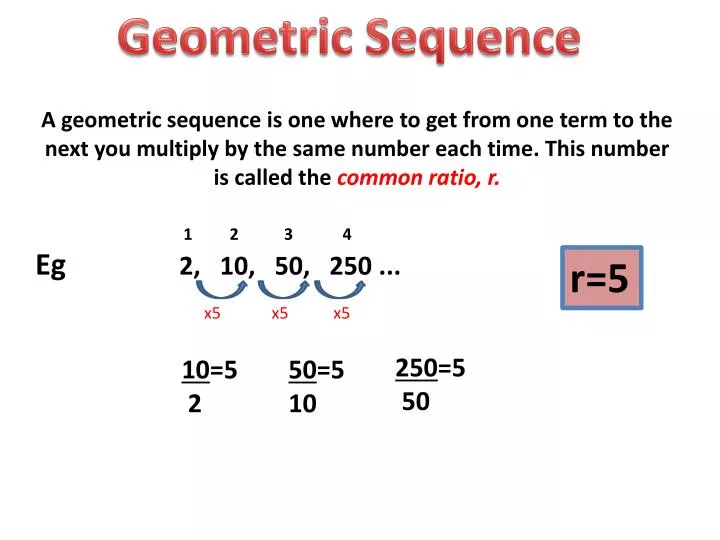

To create a new template, click Create new email template.



THE SEQUENCE PROFESSIONAL
THE SEQUENCE SERIES
Workflows are another automation tool that you can use to automatically enroll records in a series of actions. After setting up and using sequences, you can segment your contacts with sequence enrollment properties. When contacts reply to the email or book a meeting, they will automatically unenroll from the sequence. You can also automatically create tasks to remind you to follow up with your contacts. The recursive approach involves defining a function which calls itself to calculate the next number in the sequence.With the sequences tool, you can send a series of targeted, timed email templates to nurture contacts over time. The iterative approach depends on a while loop to calculate the next numbers in the sequence. The Fibonacci Sequence can be generated using either an iterative or recursive approach. What’s more, we only have to initialize one variable for this program to work our iterative example required us to initialize four variables.
THE SEQUENCE CODE
This code uses substantially fewer lines than our iterative example. The recursive approach is usually preferred over the iterative approach because it is easier to understand. We have defined a recursive function which calls itself to calculate the next number in the sequence. The difference is in the approach we have used. The output from this code is the same as our earlier example. This loop calls the calculate_number() method to calculate the next number in the sequence. In other words, our loop will execute 9 times. This loop will execute a number of times equal to the value of terms_to_calculate. Let’s begin by setting a few initial values: This is why the approach is called iterative. Each time the while loop runs, our code iterates. This approach uses a “ while” loop which calculates the next number in the list until a particular condition is met. Let’s start by talking about the iterative approach to implementing the Fibonacci series. Python Fibonacci Sequence: Iterative Approach The rule for calculating the next number in the sequence is: It keeps going forever until you stop calculating new numbers. Each number is the product of the previous two numbers in the sequence. The Fibonacci Sequence is a series of numbers. We’ll look at two approaches you can use to implement the Fibonacci Sequence: iterative and recursive.
THE SEQUENCE HOW TO
In this guide, we’re going to talk about how to code the Fibonacci Sequence in Python. Access exclusive scholarships and prep coursesīy continuing you agree to our Terms of Service and Privacy Policy, and you consent to receive offers and opportunities from Career Karma by telephone, text message, and email.Career Karma matches you with top tech bootcamps.


 0 kommentar(er)
0 kommentar(er)
